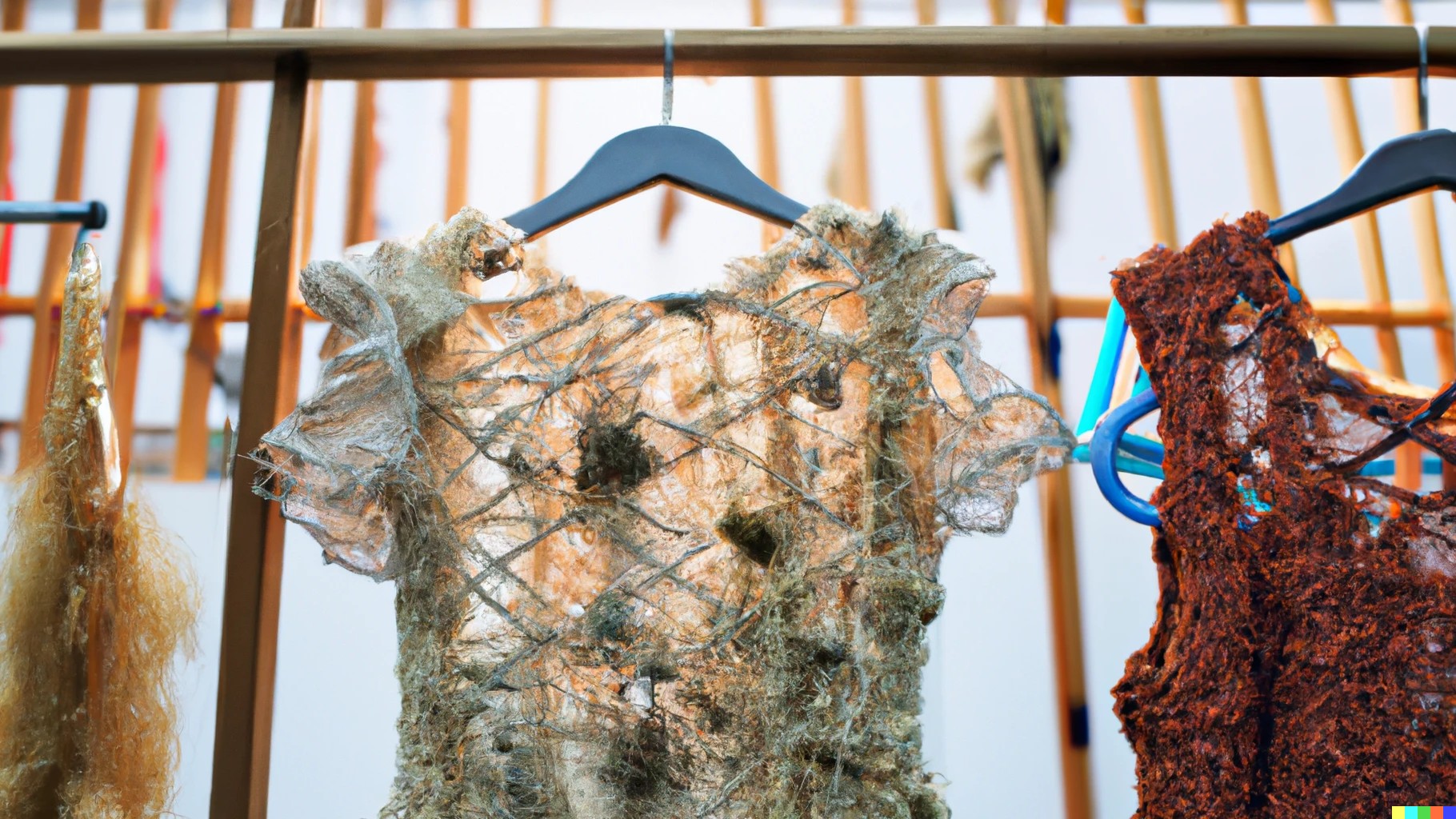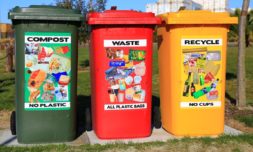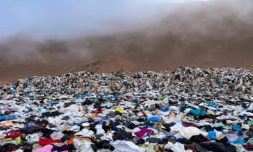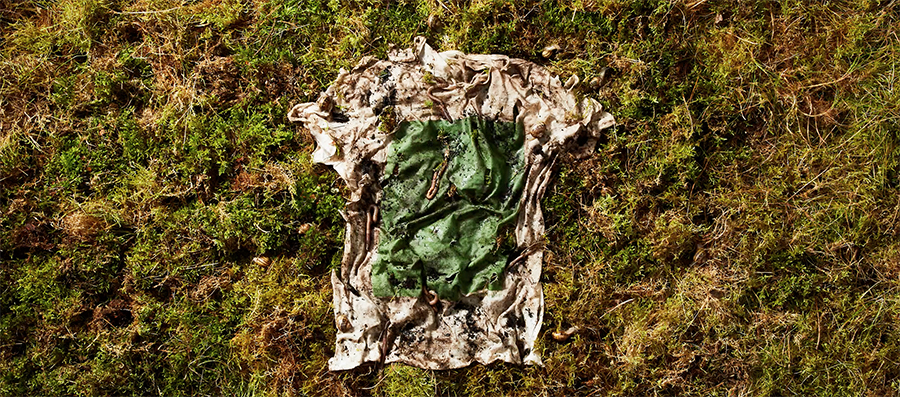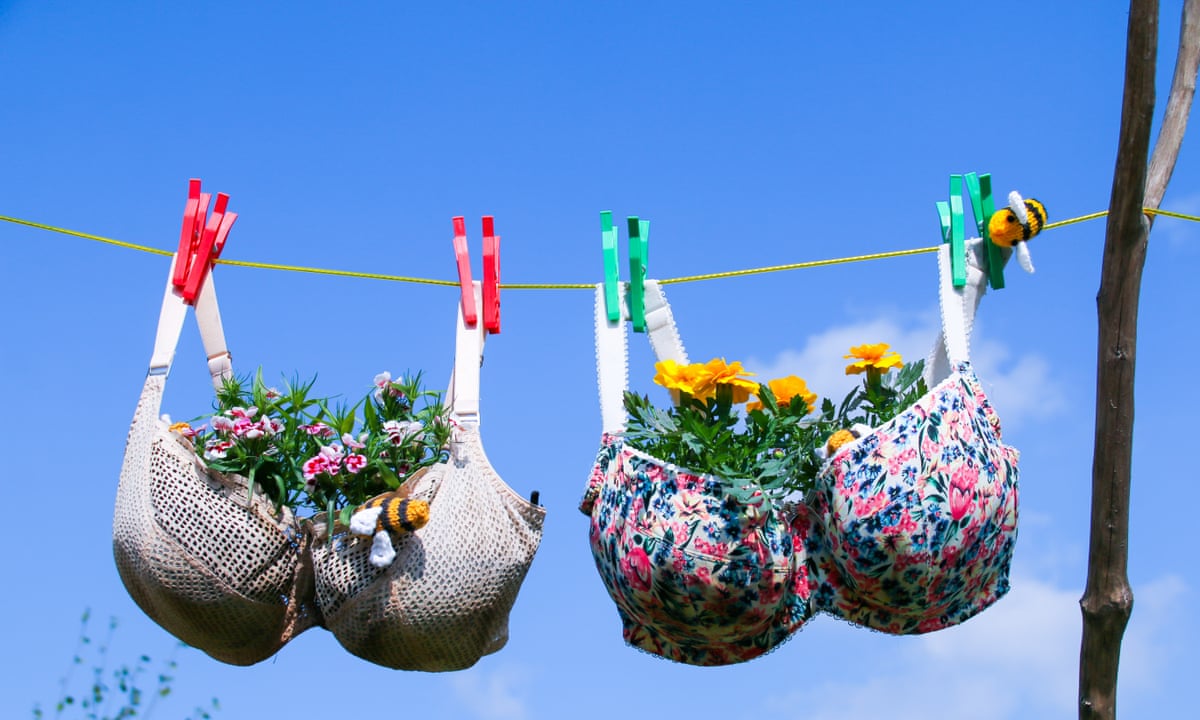To combat the country’s 260,000-tonne-a-year fashion waste problem, lingerie company Very Good Bra has launched a campaign to improve natural garment recycling practices.
According to a report by the Australian Fashion Council (AFC) published last May, Australians buy 14.8kg of clothing, or 56 new items, annually, making the country one of the highest consumers of textiles per capita in the world.
Not only this, but there are 1.42bn garments – amounting to 373,000 tonnes of fabric – arriving in Australia each year, almost 70% of which (roughly 260,000 tonnes or 10kg a person) ends up in landfill.
‘And in addition, all that we export, which is around four kilos per person, eventually reaches the same end of life,’ said lead author Peter Allan at the time.
‘The industry has a deserved reputation for its negative impact on the environment,’ seconded AFC’s chief executive Naja Hibri, stressing the need for a shift in how Australia designs, produces, uses, and disposes of products.
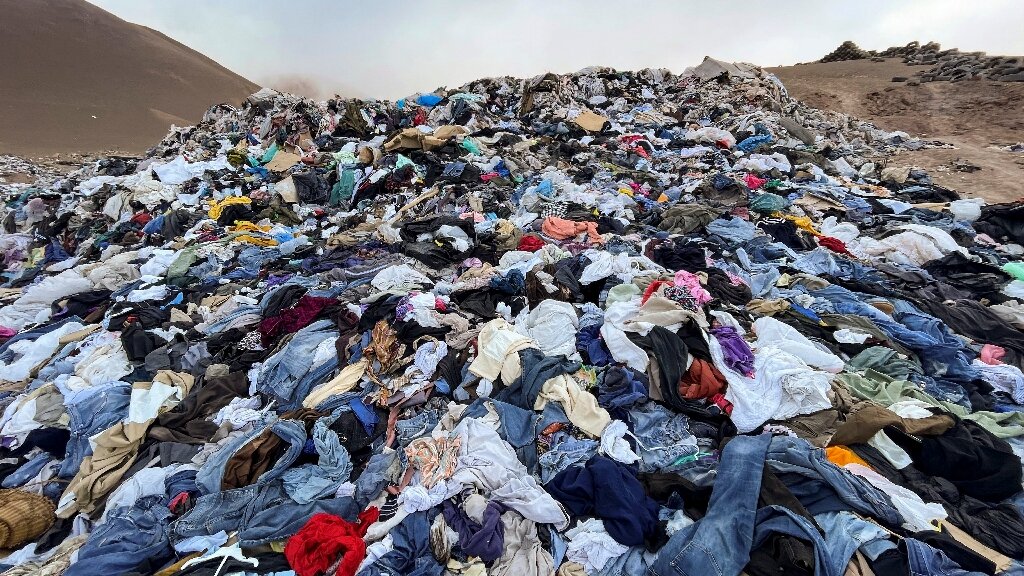
Currently, two-thirds of Australian clothing is made up of synthetic fibres, which are often derived from petroleum, a non-renewable resource that’s driving global warming.
Seeking to combat this significant waste problem and offer an eco-friendly solution is lingerie company Very Good Bra, which has launched a campaign to improve natural garment recycling practices across the country. As a result, Australians could be the first people on the planet to confidently compost their worn out clothing.
But what does it entail? For the last 18 months, founder Stephanie Devine has worked with sustainability experts and academics to create a technical specification for Standards Australia.









